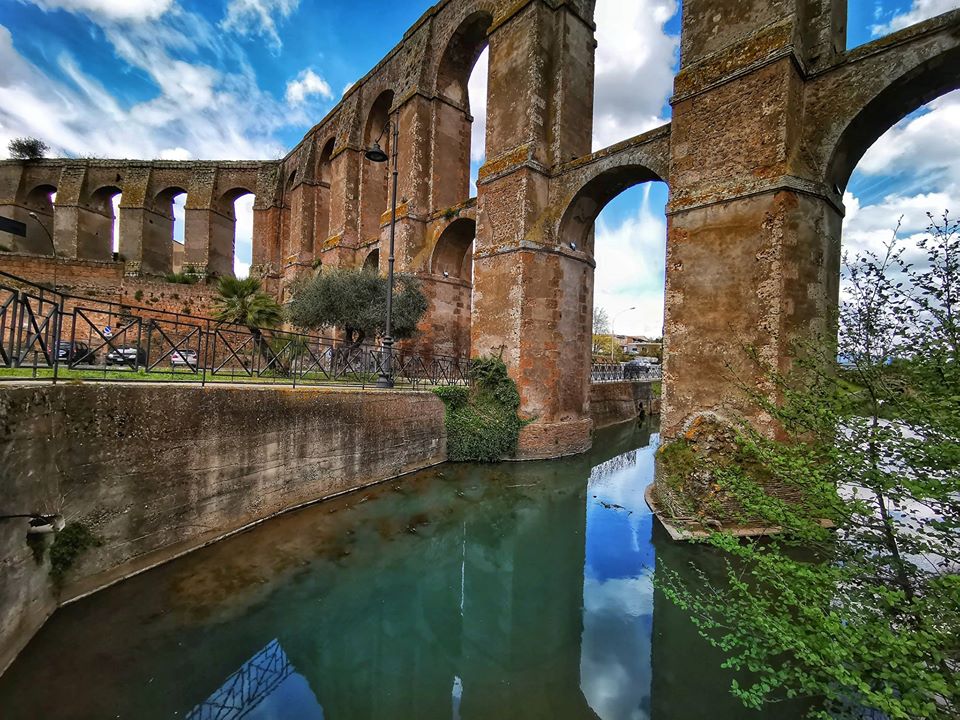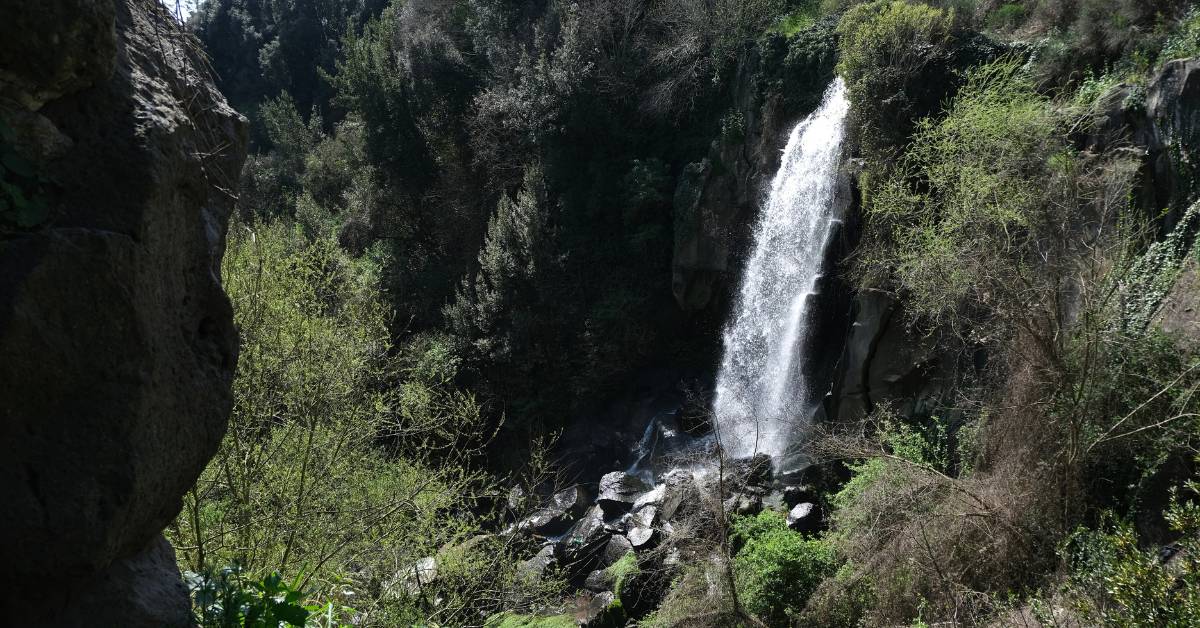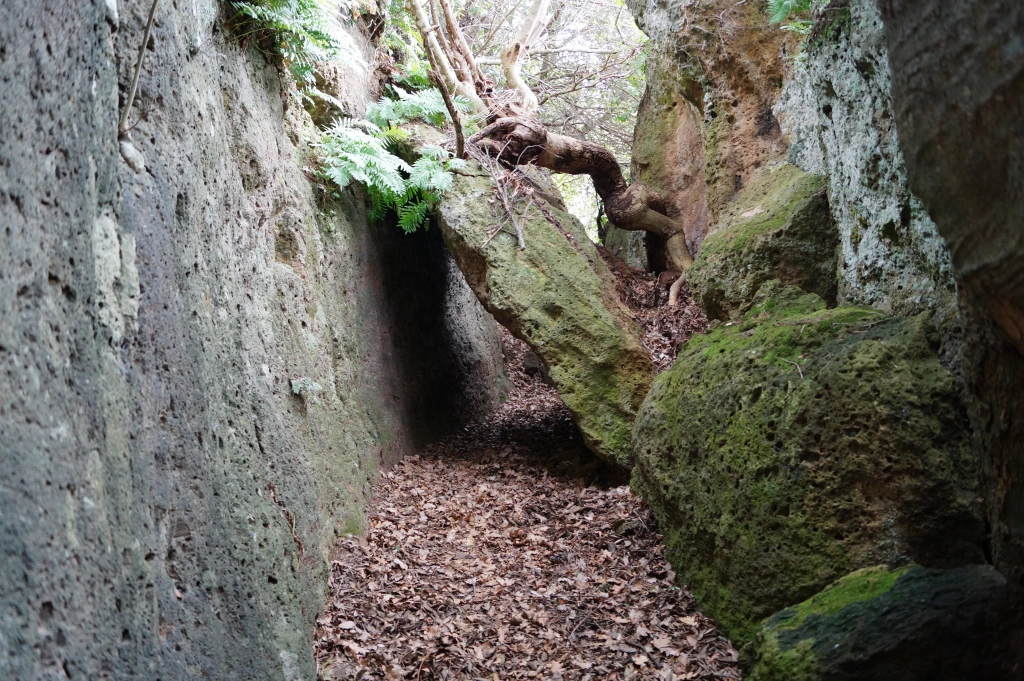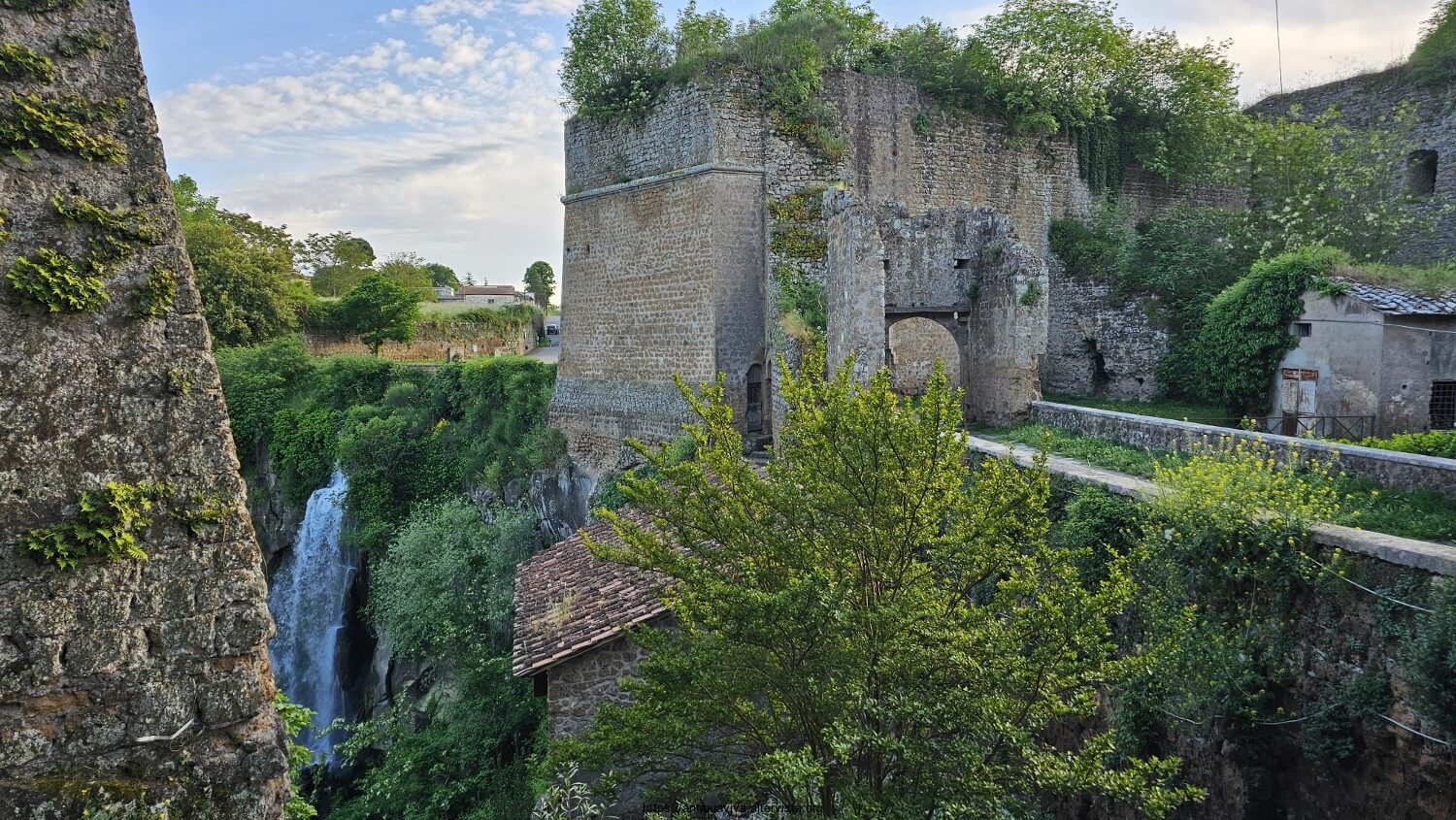The Via Francigena, a European cultural itinerary that winds through the ancient heart of Italy to Rome, is more than just a path. It is a journey through history, culture, and spirituality, offering modern pilgrims and travelers the opportunity to follow in the footsteps of those who, for centuries, have traveled these roads in search of faith, knowledge, and adventure. Among the stages of this extraordinary journey, Nepi also finds its place on the Via Francigena, particularly through its Cimina variant.
Nepi’s Connection to the Via Francigena
The Via Francigena, recognized as a European Cultural Route, has roots that date back to the 6th century when it began to emerge as a vital corridor for pilgrims headed to Rome. Its history is woven with the tales of medieval travelers, including Sigeric, the Archbishop of Canterbury, who in 990 documented his return pilgrimage from Rome, providing one of the earliest detailed descriptions of the route.
Nepi, with its “Cimina variant,” represents an intriguing chapter in this centuries-old narrative. This alternative stretch, which winds through the territory of Nepi, offers a route rich in history and breathtaking landscapes, diverging from the more canonical path of the ancient Via Cassia.
The Route: From Ronciglione to Monterosi Through Nepi
The stretch of the Via Francigena that crosses Nepi is not just a path but a journey that intertwines the beauty of nature with the depth of history, offering travelers a unique and unforgettable experience. Starting from the town square of Ronciglione, the walk unfolds through streets that tell stories of bygone times, inviting pilgrims to immerse themselves in an atmosphere from another era.
Via Borgo di Sopra leads the wayfarers’ steps towards Via del Lavatoio and then Via Giuseppe Garibaldi, exiting the town towards Via Cassia Cimina. This ancient road, a witness to centuries of history, guides to the small and picturesque white road of Via Sant’Eusebio, which leads to the Romanesque church of Sant’Eusebio, an architectural gem from the 7th-8th century. Via Cassia Cimina, traversed again for about 1 km, then opens at the junction with Strada Provinciale Ponte Rotto, introducing travelers to the Rio Vicano valley, a landscape that enchants with its natural beauty and tranquility.

Arriving in Nepi, the route becomes enriched with historic monuments and unforgettable views. Passing under the ancient Aqueduct marks the entrance into a city rich in history, where every stone seems to narrate the events of those who have walked these streets over the centuries. The town square of Nepi welcomes travelers with its lively atmosphere, inviting them to visit the Noble Hall and the Museum, guardians of the city’s memories.
Continuing along Via Giacomo Matteotti, one reaches the Borgia Castle, a place that evokes stories of power and intrigue, but also of great architectural beauty. The descent down Via Tortolini offers a chance to admire Porta Romana and one of the most beautiful views of the city, the Cavaterra waterfall, a corner of nature that surprises and enchants.
The journey through Nepi continues towards Porta Nica and Piazza dei Bersaglieri, then follows a stretch on Via della Selciatella, the ancient Via Amerina. Here, about 50 meters on the left, a dirt road opens up into an even more intimate and picturesque landscape, known as “i Cavoni”. This ancient Faliscan communication route, with its ruts left by cart wheels, tells of journeys and trades from distant times, while the small niche with a Madonna, known as “scacciaspiriti,” offers comfort and protection to travelers.

The path then climbs into the Massa forest, a vast flat area that offers breathtaking views of the heights of Nepi, before continuing towards the old Roman bridge of Ponte Nepesino, a silent witness to centuries of history. Here, the journey along the Via Francigena intersects with the mineral waters of Nepi and the dilapidated church of Umiltà, places that speak of faith, healing, and hospitality for passing pilgrims.
The walk concludes as it merges with the Francigena that passes through Monterosi, heading towards Campagnano, leaving travelers with the memory of a route that has been both a discovery and a return to the deepest roots of our history and culture. Traveling the Via Francigena in Nepi means embarking on a journey that goes beyond the simple exploration of a territory, to become an experience of connection with the history, nature, and spirit of a place that continues to tell its story to those who, with respect and wonder, decide to listen.

Unique Experiences and Practical Advice
To fully experience the Via Francigena in Nepi, good preparation is essential. Proper equipment, such as non-slip hiking shoes and trekking poles, is crucial for tackling the more challenging stretches of the route. Additionally, it’s advisable to carry water and food, along with a fully charged cellphone for any emergencies.
The Via Francigena is not just a physical experience but also an opportunity to connect with nature and history in a respectful and sustainable manner. Travelers are encouraged to leave as little impact as possible, avoiding disturbing wildlife and not leaving any waste along the way.
For moments of rest and refreshment, Nepi and the surrounding areas offer various options for dining and resting. It’s always a good idea to plan ahead, checking opening hours and availability of accommodations along the route.
Traveling the Via Francigena in Nepi is an experience that goes beyond mere walking. It’s a journey that intertwines spiritual searching with the discovery of enchanting landscapes and historical testimonials, offering travelers the chance to immerse themselves in a rich and vibrant past while grappling with the challenges and joys of the present.
We invite all who feel the call of adventure and discovery to undertake this unique journey, which promises not only to enrich the body and spirit but also to connect each traveler with the deep tapestry of history and humanity that the Via Francigena represents. Nepi awaits you, ready to reveal its secrets along one of the most fascinating and significant stretches of this ancient pilgrim route.
For more information on the main route and variants of the Via Francigena, please visit the official website: https://viefrancigene.com/.

